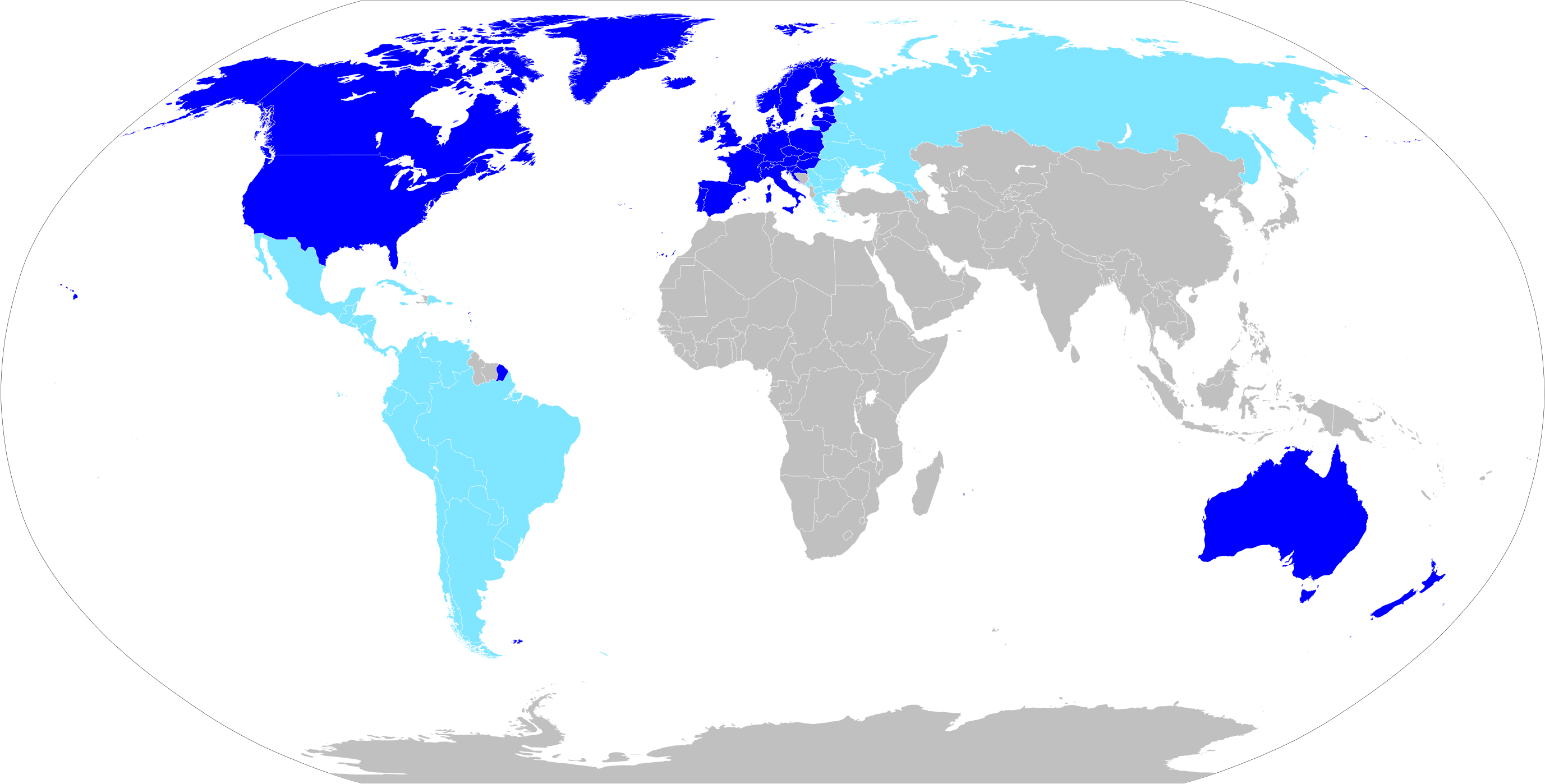|
Kyokan
''Kyokan'' ( ja, {{ruby, 感, かん, kyōkan) is a Japanese word that means "feel one with". It is used in many fields. One example is a concept forwarded by Masao Kawai as a means of studying primates in the field. It first appeared to Western primatologists in Kawai's book ''Life of Japanese Monkeys'' (1969). For primatologists, the kyokan method is a very subjective and empathic form of research. It involves feelings of mutual relationship, attachment and shared experience between both the researcher and their subject. In Kawai's own words; "By positively entering the group, by making contact on some level, objectivity can be established. It is on this basis that the experimental method can be introduced into natural behaviour study and which makes scientific analysis possible". His use of the term kyokan seems to be somewhat unusual amongst his peers in Japanese primatology, but the underlying principles are part of the foundation of the Japanese discipline in the field. ... [...More Info...] [...Related Items...] OR: [Wikipedia] [Google] [Baidu] |
Primatology
Primatology is the scientific study of primates. It is a diverse discipline at the boundary between mammalogy and anthropology, and researchers can be found in academic departments of anatomy, anthropology, biology, medicine, psychology, veterinary sciences and zoology, as well as in animal sanctuaries, biomedical research facilities, museums and zoos. Primatologists study both living and extinct primates in their natural habitats and in laboratories by conducting field studies and experiments in order to understand aspects of their evolution and behavior. Sub-disciplines As a science, primatology has many different sub-disciplines which vary in terms of theoretical and methodological approaches to the subject used in researching extant primates and their extinct ancestors. There are two main centers of primatology, Western primatology and Japanese primatology. These two divergent disciplines stem from the unique cultural backgrounds and philosophies that went into their fou ... [...More Info...] [...Related Items...] OR: [Wikipedia] [Google] [Baidu] |
Masao Kawai
was a Japanese primatologist, who introduced the concept of '' kyōkan'' as a means of studying primates Primates are a diverse order of mammals. They are divided into the strepsirrhines, which include the lemurs, galagos, and lorisids, and the haplorhines, which include the tarsiers and the simians (monkeys and apes, the latter includin ... in his book ''Life of Japanese Monkeys'' (1969). Notes External linksInterview with Shigeru Miyamoto 1924 births 2021 deaths 20th-century Japanese zoologists Primatologists Japanese mammalogists Japanese nature writers Science writers Kyoto University alumni Kyoto University faculty Recipients of the Medal with Purple Ribbon People from Hyōgo Prefecture {{Japan-writer-stub ... [...More Info...] [...Related Items...] OR: [Wikipedia] [Google] [Baidu] |
Shigeru Miyamoto
is a Japanese video game designer, producer and game director at Nintendo, where he serves as one of its representative directors. Widely regarded as one of the most accomplished and influential designers in the history of video games, he is the creator of some of the most acclaimed and best-selling game franchises of all time, including ''Mario is a character created by Japanese video game designer Shigeru Miyamoto. He is the title character of the '' Mario'' franchise and the mascot of Japanese video game company Nintendo. Mario has appeared in over 200 video games since his c ...,'' ''The Legend of Zelda'', ''Donkey Kong'', ''Star Fox'' and ''Pikmin.'' Born in Sonobe, Kyoto, Sonobe, Japan, Miyamoto graduated from Kanazawa College of Art, Kanazawa Municipal College of Industrial Arts. He originally sought a career as a manga artist, until developing an interest in video games. With the help of his father, he joined Nintendo in 1977 after impressing then-presi ... [...More Info...] [...Related Items...] OR: [Wikipedia] [Google] [Baidu] |
:Category:Japanese Words And Phrases ...
{{Commons Words and phrases by language Words Words Words A word is a basic element of language that carries an objective or practical meaning, can be used on its own, and is uninterruptible. Despite the fact that language speakers often have an intuitive grasp of what a word is, there is no conse ... [...More Info...] [...Related Items...] OR: [Wikipedia] [Google] [Baidu] |
Japanese Language
is spoken natively by about 128 million people, primarily by Japanese people and primarily in Japan, the only country where it is the national language. Japanese belongs to the Japonic or Japanese- Ryukyuan language family. There have been many attempts to group the Japonic languages with other families such as the Ainu, Austroasiatic, Koreanic, and the now-discredited Altaic, but none of these proposals has gained widespread acceptance. Little is known of the language's prehistory, or when it first appeared in Japan. Chinese documents from the 3rd century AD recorded a few Japanese words, but substantial Old Japanese texts did not appear until the 8th century. From the Heian period (794–1185), there was a massive influx of Sino-Japanese vocabulary into the language, affecting the phonology of Early Middle Japanese. Late Middle Japanese (1185–1600) saw extensive grammatical changes and the first appearance of European loanwords. The basis of the standard dial ... [...More Info...] [...Related Items...] OR: [Wikipedia] [Google] [Baidu] |
Concept
Concepts are defined as abstract ideas. They are understood to be the fundamental building blocks of the concept behind principles, thoughts and beliefs. They play an important role in all aspects of cognition. As such, concepts are studied by several disciplines, such as linguistics, psychology, and philosophy, and these disciplines are interested in the logical and psychological structure of concepts, and how they are put together to form thoughts and sentences. The study of concepts has served as an important flagship of an emerging interdisciplinary approach called cognitive science. In contemporary philosophy, there are at least three prevailing ways to understand what a concept is: * Concepts as mental representations, where concepts are entities that exist in the mind (mental objects) * Concepts as abilities, where concepts are abilities peculiar to cognitive agents (mental states) * Concepts as Fregean senses, where concepts are abstract objects, as opposed to mental ... [...More Info...] [...Related Items...] OR: [Wikipedia] [Google] [Baidu] |
Primate
Primates are a diverse order (biology), order of mammals. They are divided into the Strepsirrhini, strepsirrhines, which include the lemurs, galagos, and lorisids, and the Haplorhini, haplorhines, which include the Tarsiiformes, tarsiers and the Simiiformes, simians (monkeys and apes, the latter including humans). Primates arose 85–55 million years ago first from small Terrestrial animal, terrestrial mammals, which adapted to living in the trees of tropical forests: many primate characteristics represent adaptations to life in this challenging environment, including large brains, visual acuity, color vision, a shoulder girdle allowing a large degree of movement in the shoulder joint, and dextrous hands. Primates range in size from Madame Berthe's mouse lemur, which weighs , to the eastern gorilla, weighing over . There are 376–524 species of living primates, depending on which classification is used. New primate species continue to be discovered: over 25 species were d ... [...More Info...] [...Related Items...] OR: [Wikipedia] [Google] [Baidu] |
Western World
The Western world, also known as the West, primarily refers to the various nations and states in the regions of Europe, North America, and Oceania.Western Civilization Our Tradition; James Kurth; accessed 30 August 2011 The Western world is also known as the Occident (from the word ''occidēns'' "setting down, sunset, west") in contrast to the Eastern world known as the ... [...More Info...] [...Related Items...] OR: [Wikipedia] [Google] [Baidu] |
Subjectivity
Subjectivity in a philosophical context has to do with a lack of objective reality. Subjectivity has been given various and ambiguous definitions by differing sources as it is not often the focal point of philosophical discourse.Bykova, Marina F. (February 2018). "On the Problem of Subjectivity: Editor's Introduction". ''Russian Studies in Philosophy''. 56: 1-5 - via EBSCOhost. However, it is related to ideas of consciousness, agency, personhood, philosophy of mind, reality, and truth. Three common definitions include that subjectivity is the quality or condition of: * Something being a ''subject'', narrowly meaning an individual who possesses conscious experiences, such as perspectives, feelings, beliefs, and desires. Solomon, Robert C. "Subjectivity," in Honderich, Ted. '' Oxford Companion to Philosophy (Oxford University Press, 2005), p.900. * Something being a ''subject'', broadly meaning an entity that has agency, meaning that it acts upon or wields power over some other ... [...More Info...] [...Related Items...] OR: [Wikipedia] [Google] [Baidu] |
Empathic
Empathy is the capacity to understand or feel what another person is experiencing from within their frame of reference, that is, the capacity to place oneself in another's position. Definitions of empathy encompass a broad range of social, cognitive, and emotional processes primarily concerned with understanding others (and others' emotions in particular). Types of empathy include cognitive empathy, emotional (or affective) empathy, somatic empathy, and spiritual empathy.Rothschild, B. (with Rand, M. L.). (2006). ''Help for the Helper: The psychophysiology of compassion fatigue and vicarious trauma''. Etymology The English word ''empathy'' is derived from the Ancient Greek (''empatheia'', meaning "physical affection or passion"). That word derives from (''en'', "in, at") and (''pathos'', "passion" or "suffering"). Theodor Lipps adapted the German aesthetic term ("feeling into") to psychology in 1903, and Edward B. Titchener translated into English as "empathy" in 1 ... [...More Info...] [...Related Items...] OR: [Wikipedia] [Google] [Baidu] |
Japan
Japan ( ja, 日本, or , and formally , ''Nihonkoku'') is an island country in East Asia. It is situated in the northwest Pacific Ocean, and is bordered on the west by the Sea of Japan, while extending from the Sea of Okhotsk in the north toward the East China Sea, Philippine Sea, and Taiwan in the south. Japan is a part of the Ring of Fire, and spans an archipelago of 6852 islands covering ; the five main islands are Hokkaido, Honshu (the "mainland"), Shikoku, Kyushu, and Okinawa. Tokyo is the nation's capital and largest city, followed by Yokohama, Osaka, Nagoya, Sapporo, Fukuoka, Kobe, and Kyoto. Japan is the eleventh most populous country in the world, as well as one of the most densely populated and urbanized. About three-fourths of the country's terrain is mountainous, concentrating its population of 123.2 million on narrow coastal plains. Japan is divided into 47 administrative prefectures and eight traditional regions. The Greater Tokyo Ar ... [...More Info...] [...Related Items...] OR: [Wikipedia] [Google] [Baidu] |


.jpg)

_2.jpg)